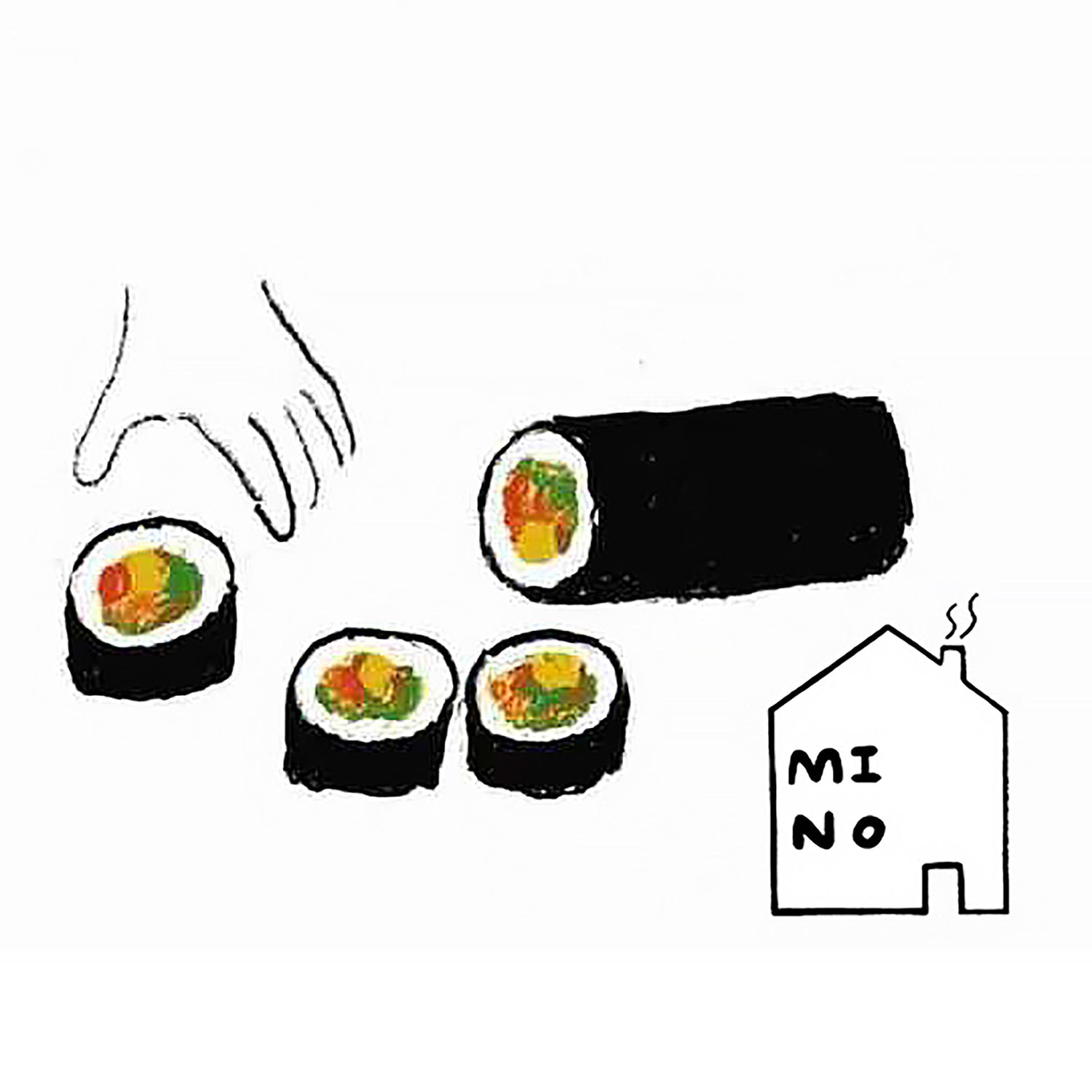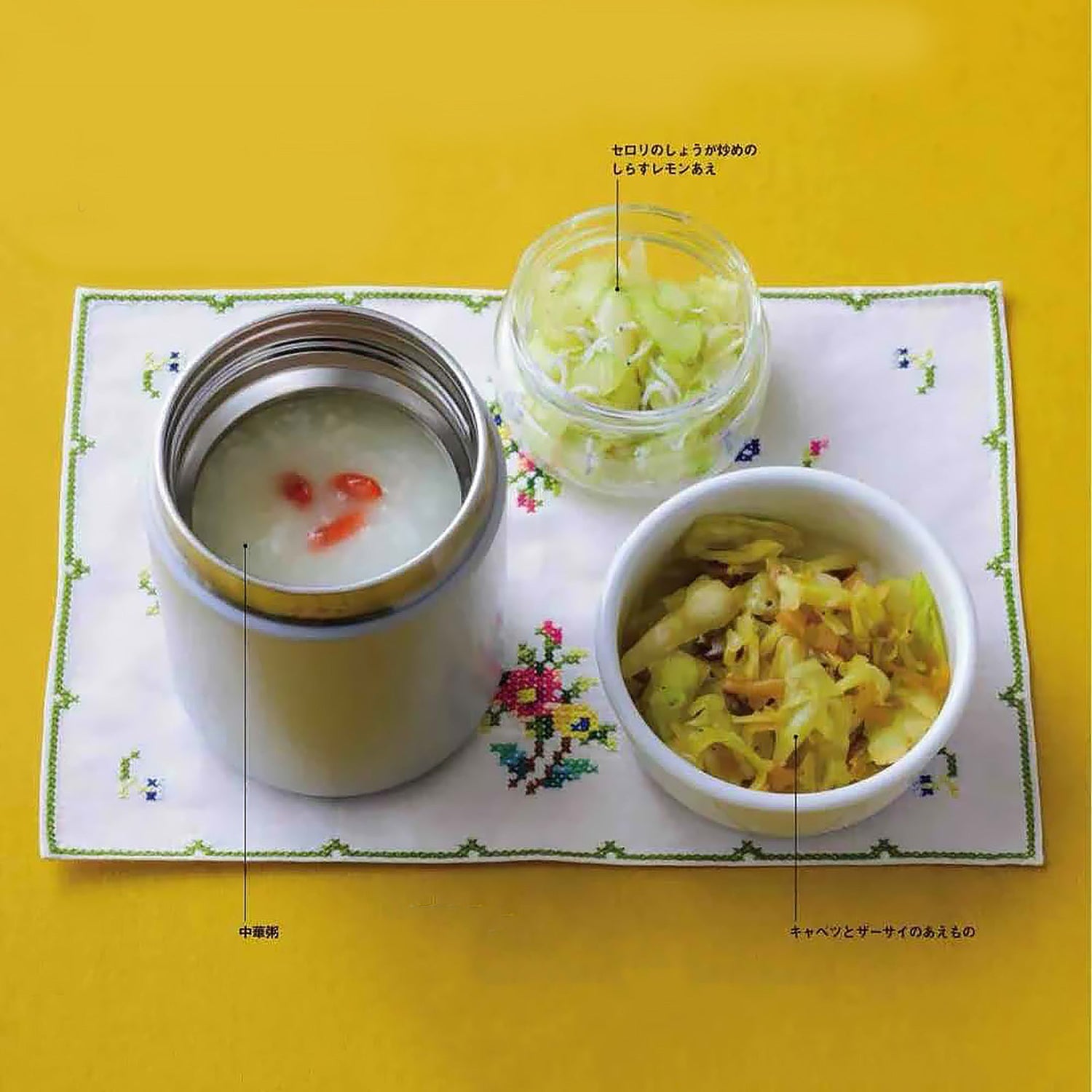The Six Ancient Kilns of Japan Part II

Bizen-yaki uses clay from rice fields, which is rich in iron. When fired at a high temperature, around 1200°C, for several days, the pieces acquire various colors. Its high density gives it the reputation of "not breaking even when dropped".




Shigaraki-yaki: A Dynamic Evolution Shigaraki-yaki, which originated in the 12th century in the Shigaraki region of Shiga Prefecture, was influenced by Tokoname-yaki and was primarily dedicated to the production of medieval jars, pots, and mortars. During the Muromachi period, in response to the preferences of tea artisans, it evolved to produce tea ceramics, thus acquiring the name "Shigaraki of tea." In the early Meiji period (1868-1911), under the influence of ceramic artist Fujiwara Tessai, Shigaraki-yaki began to produce various ceramic objects depicting tanuki (wild cats).
In 1951, when Emperor Showa visited Shigaraki, he was greeted by a sea of ceramic tanuki statues, a sight that deeply moved him and inspired him to write a poem in their honor. This event propelled the Shigaraki ceramic tanuki to the forefront, becoming an iconic symbol of Shigaraki ceramics.


Shigaraki-yaki Characteristics Shigaraki-yaki is known for its scarlet colors, natural glaze, burn marks, and "hail eyes." The iron- and quartz-rich clay, fired at about 1300°C, produces a bright red hue and hail-like particles on the surface of the ceramic. The kilns, fired by woods such as red pine, drop ash onto the pieces, creating a natural glaze and varied burn marks. This authentic and refined style sets Shigaraki-yaki apart in the world of Japanese ceramics, asserting its place among the Six Ancient Kilns of Japan.


Unique Feature : Shigaraki-yaki uses a clay typical of basalt weathering, with fairly coarse particles. This diversity of clay textures gives Shigaraki-yaki its varied and distinctive appearance.












